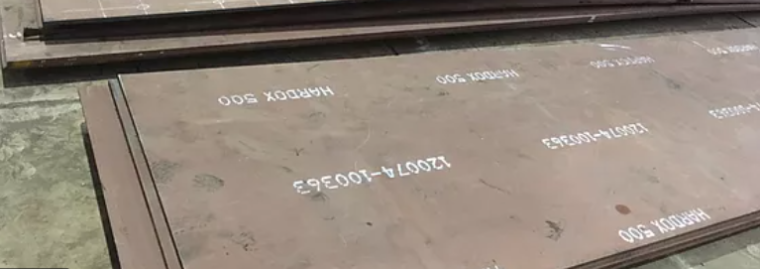How Carbon Content Affects the Weldability of Steels
And its effects on strength, hardness, ductility and machinability

Steel is an alloy of iron and carbon along with several other elements in small quantities, all of which have an impact on its properties. Steels can contain varying amounts of carbon and are typically categorized as low, medium or high carbon steels. Low carbon steels are those containing 0.30% carbon or less. Medium carbon […]



